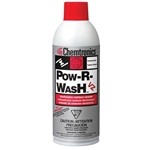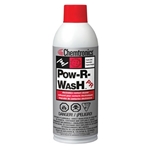Guide to Defibrillator Maintenance
Defibrillators are medical devices that help revive a patient. It releases a large electric shock to bring back the normal rhythm of the heart. It is commonly used on any patient suffering from sudden cardiac arrest.
There are two types of defibrillators, the automatic external defibrillator (AED), and conventional defibrillator. The main difference between these categories is that the AED is portable and can be brought anywhere while the conventional defibrillator is used on-site or inside the hospital.
Improper equipment maintenance can lead to machine failure and critical harm, if not death, to the patient. The following is an overview of maintenance procedures for defibrillator equipment.
Regular Battery Checking and Charging
Many medical devices such as the AED are battery operated and equipped with smart charging technology. This is because they are used during emergencies, allowing use even in the case of power interruption or in remote locations without power sources.
Step 1: Prepare a multimeter. Check the battery voltage and current, and ensure they are within normal range.
Step 2: Set the defibrillator into random parameters, the randomness ensures it is properly calibrated and not providing erroneous results. Set the average, maximum and minimum values so that in results testing you can ascertain these parameters were maintained.
Step 3: Prepare a Defibrillator analyzer to test the actual energy delivered by the defibrillator and compare it with the target value. Attach the pad to the analyzer and set the target value (for example maximum or 360 joules usually). Then press the shock button to release shock, and the analyzer will display the actual shock released in joules. Conduct necessary calibration or repair if needed, using a potentiometer to adjust the voltages on the test point.
Pads, Paddle, and Accessories Cleaning
Step 1: For the conventional defibrillators, use pre-saturated alcohol wipes to clean the surface of the paddle and the other accessories. This is a routine step that should be performed after each usage. For the pads of AED, check whether the pads are expired. Standard expiration is 2 years from the manufacturing date. Pads determine how many joules will be delivered to the patient; if the pads have expired, the adhesive may not ensure a good connection and it might fail to operate normally.
Step 2: Use a dry microfiber cloth or alcohol wipes to clean the display and overall appearance of the machine.
Step 3: Power off the defibrillator. Use aerosol contact cleaners to clean the connectors and connection ports. Insert the extension tube into the actuator to remove soil from tight areas. Allow the solvent to evaporate before reenergizing the equipment.



